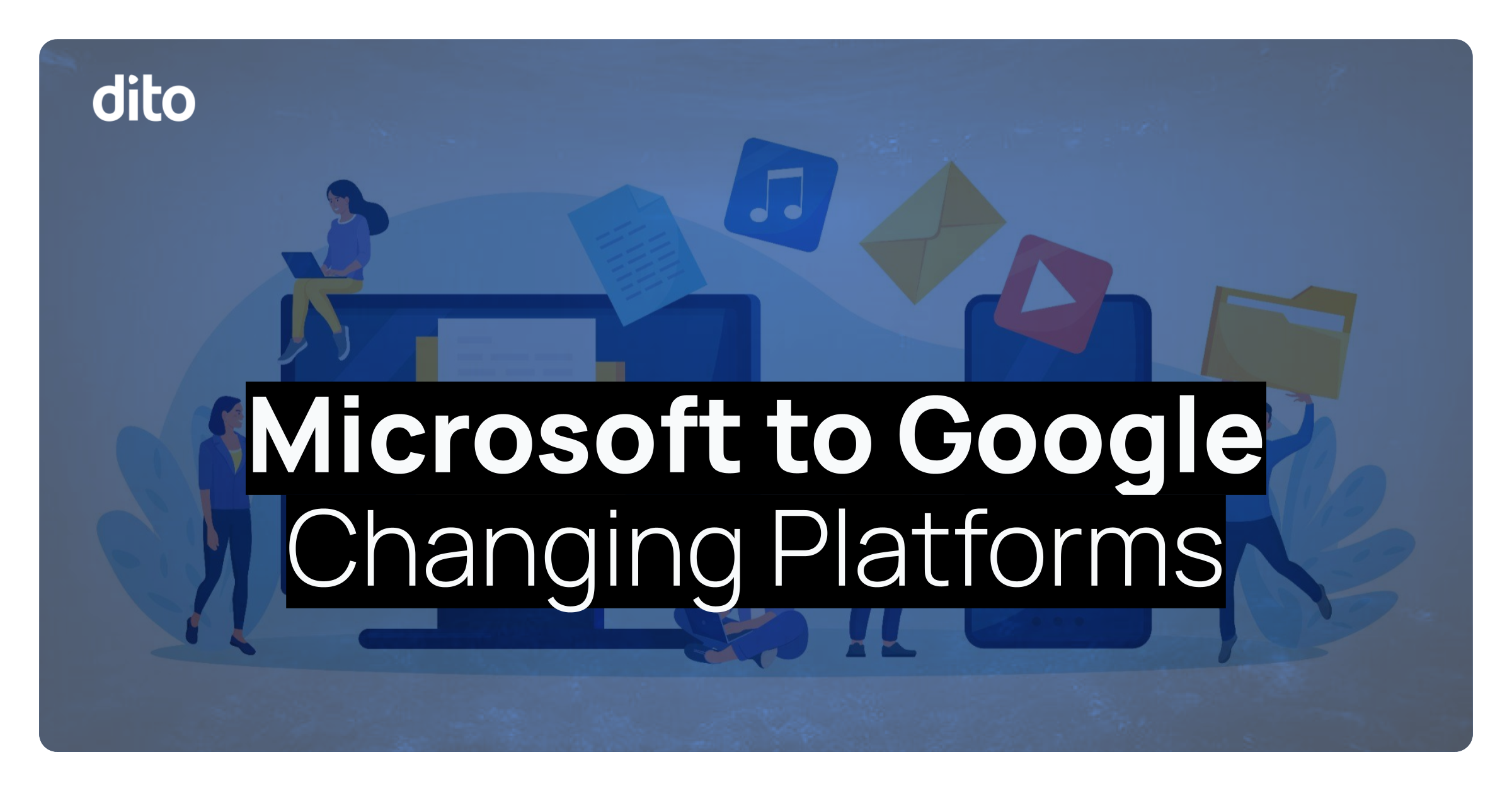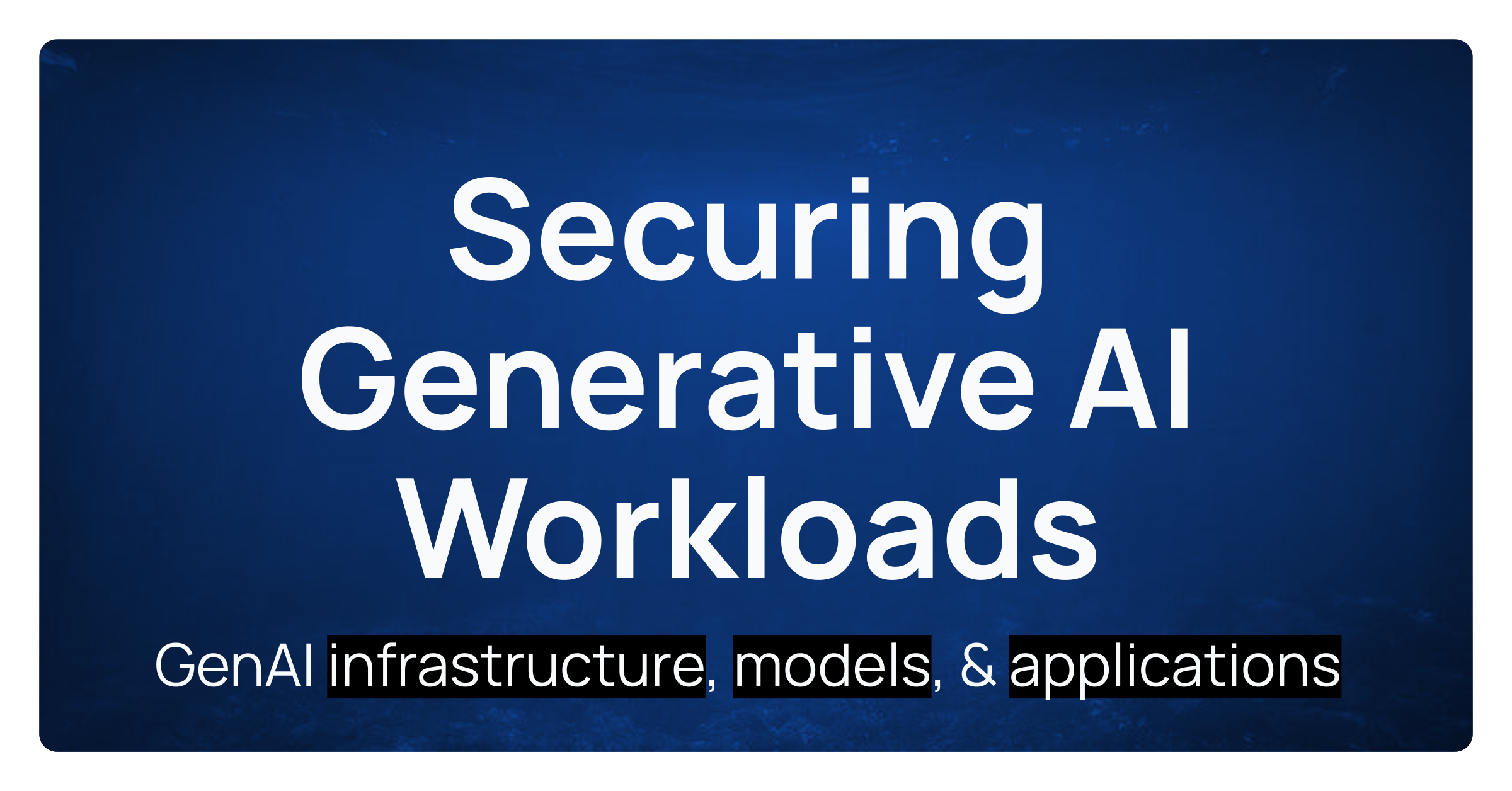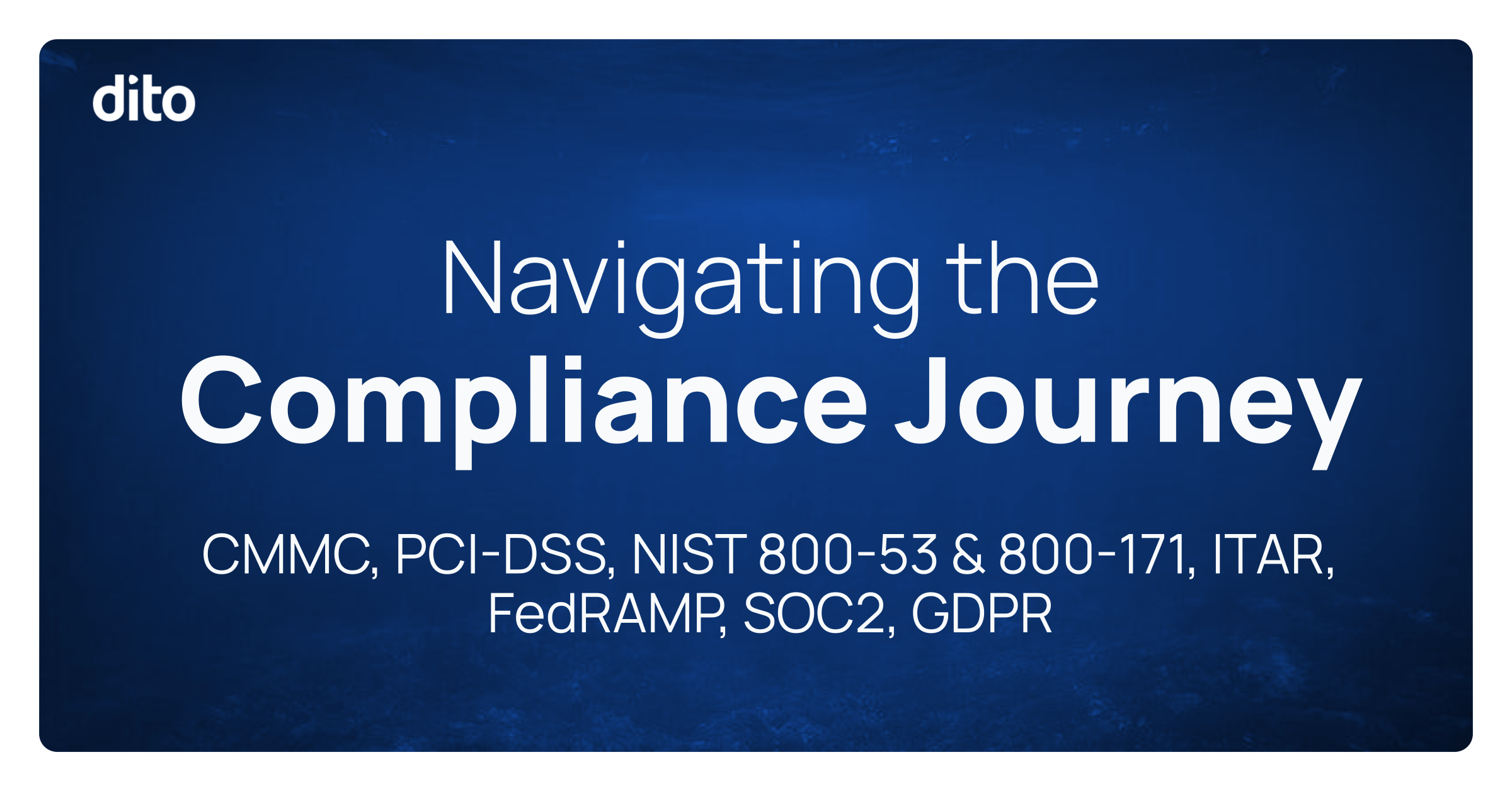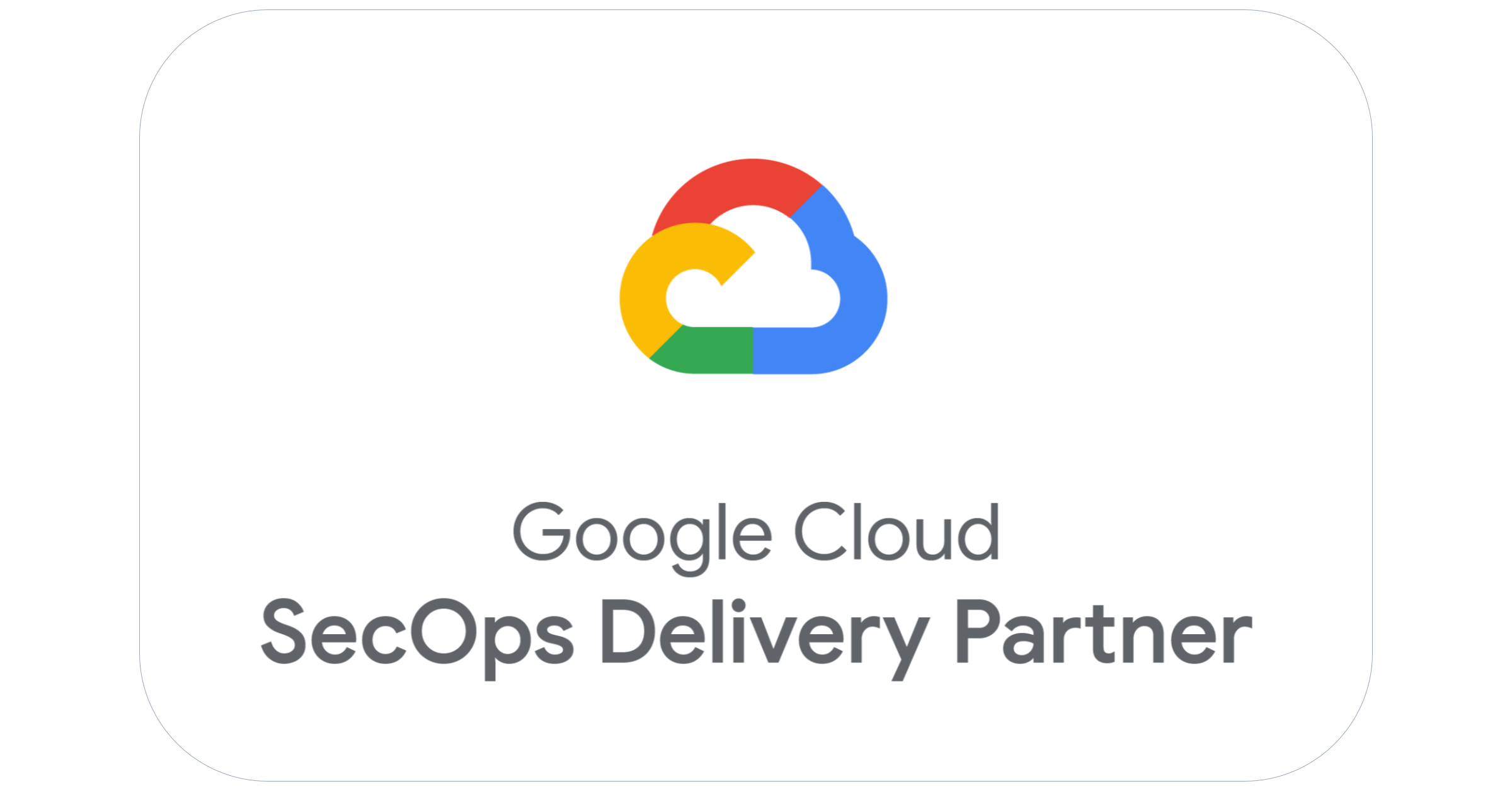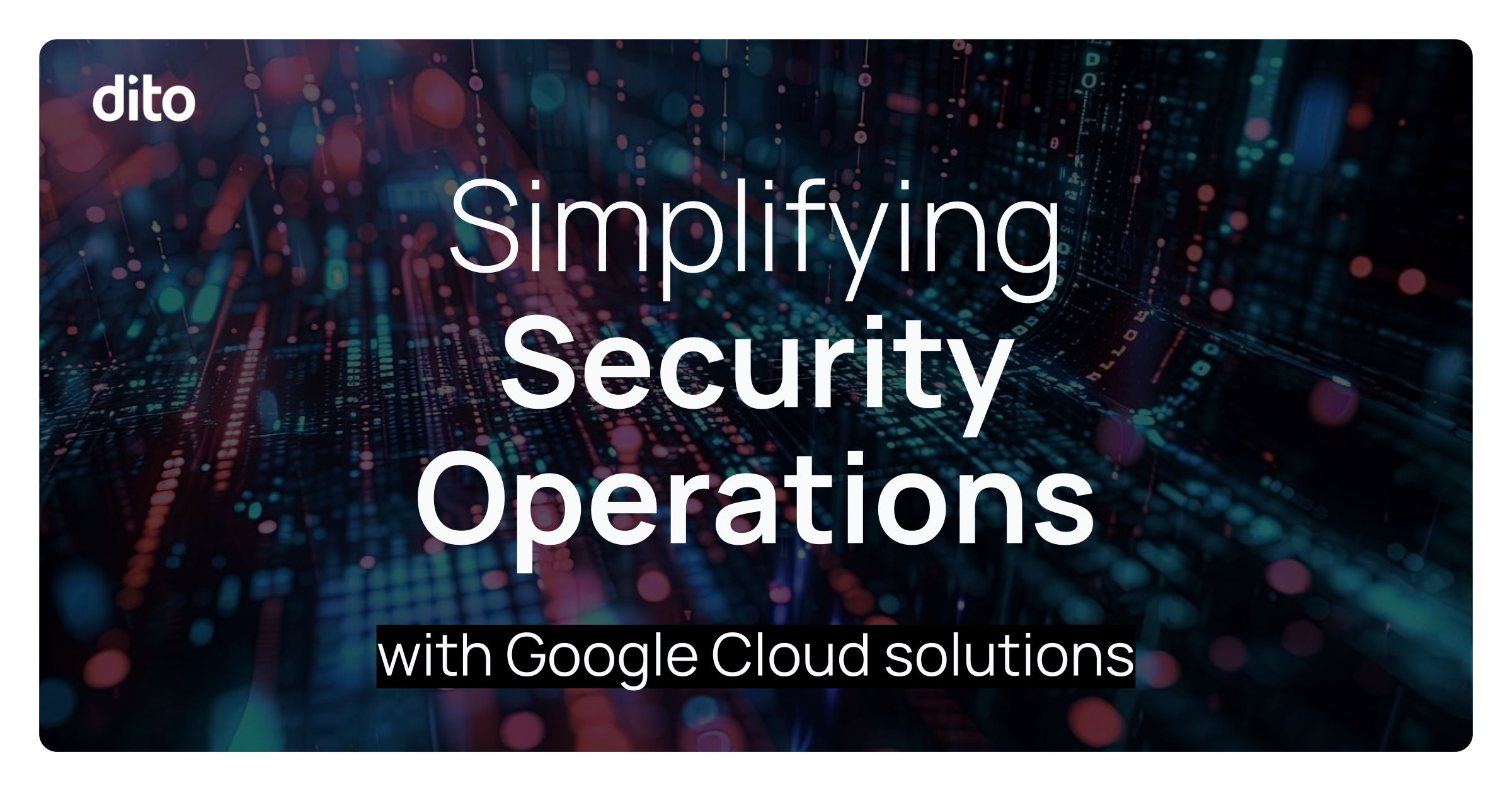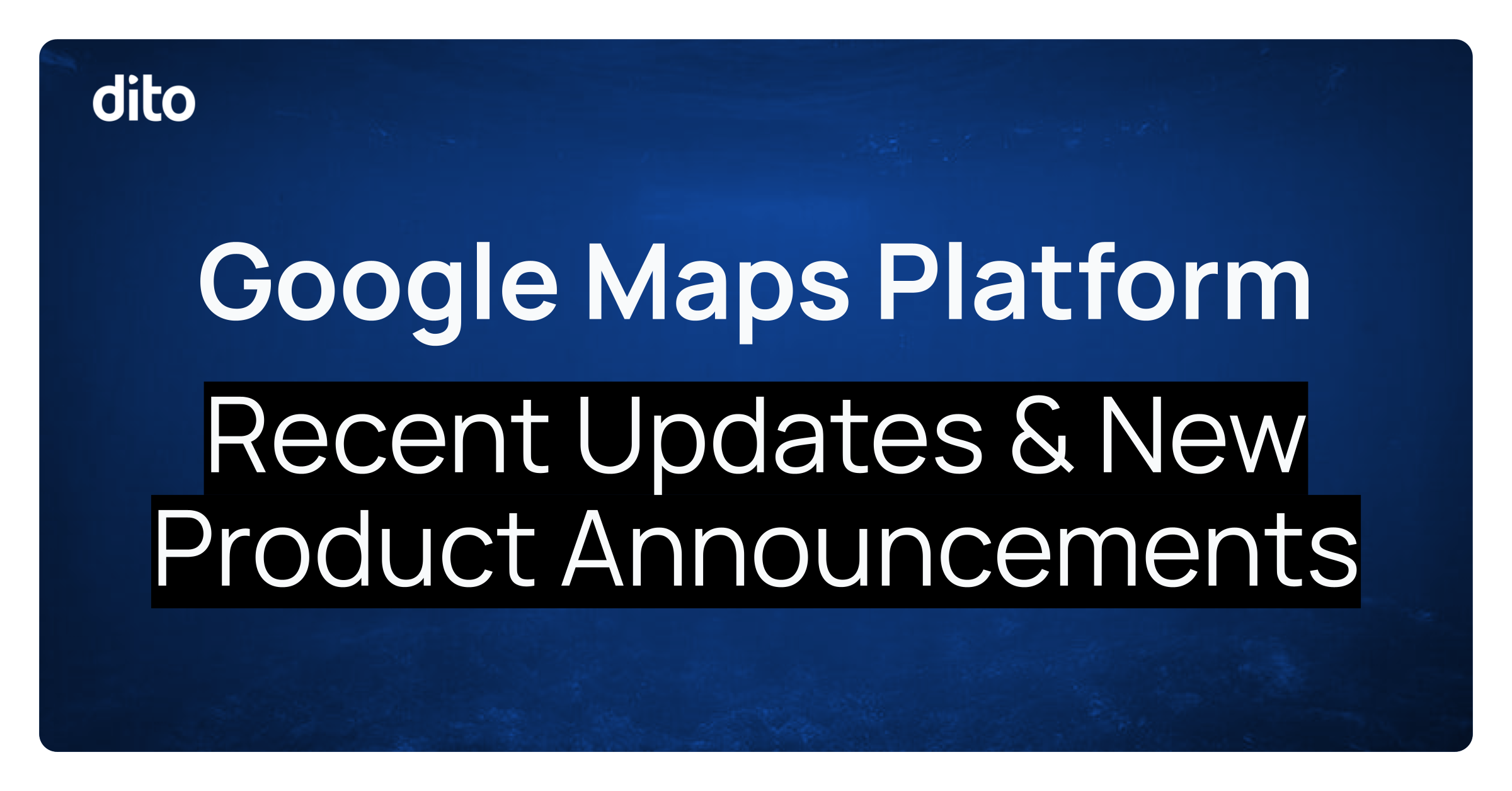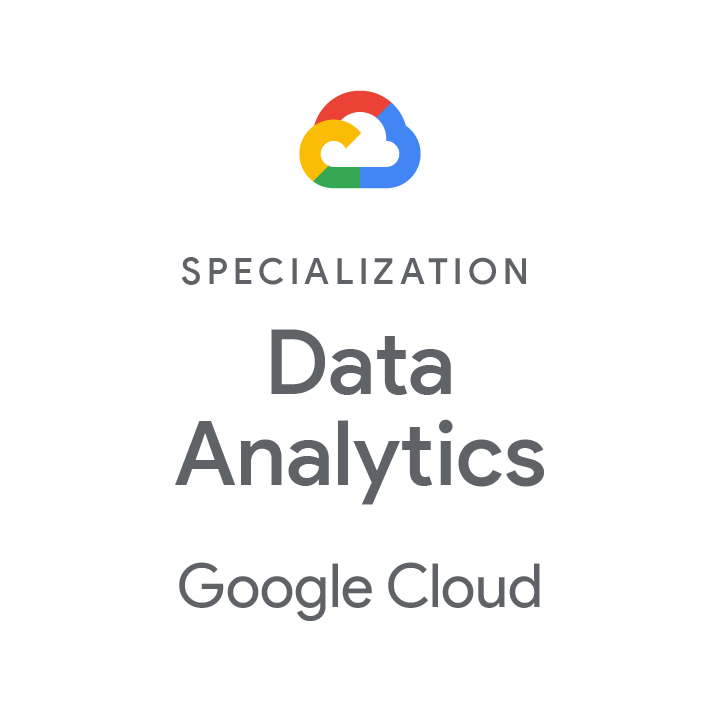In today’s fast-paced, mobile first, hybrid work environment, businesses rely on their communications platforms more than ever before. Moving from one platform to another can have serious impacts on your people, processes, and profits. While technology change will almost always be met with some degree of resistance, it’s important to remember the underlying business value that’s driving the decision and understand how to successfully prepare for and navigate through the change.
Whether your goal is to save money, simplify your technical footprint, increase collaboration, or modernize your workplace, we will explore some of the key challenges you will face as you evaluate migrating from Microsoft to Google.
People-First
Migrating from a productivity suite is much more than a technical project. Productivity tools including email, calendar, chat, word processing, spreadsheets, and presentation tools are integrated in the modern business, sometimes in surprising ways. A deeply considered change management program is essential to successfully transitioning your organization and minimizing disruption. You will need to understand the personas in your organization – who uses what tools, how, and why – and use that knowledge to prepare your teams with targeted training programs to ensure they are ready to use the tools they need most from day 1.
Whether you are talking about transitioning from desktop tools to cloud productivity suites like Google Workspace or transitioning from one cloud-based suite to another, it is important to understand that each tool suite works differently and enables your business in different ways. Making the most of a productivity suite is a journey that doesn’t stop with go-live. It takes time, so a longer-term plan for transforming your work with expert guidance and deliberate work process review workshops will help make sure your company gets the best long-term benefit from your platform change.
Facilitating it all is a well crafted communication plan. Your team wants to know what’s coming, how it will affect them, and how they can learn more. People are inherently interested in how change impacts them, so making sure they feel like they are in-the-know keeps them involved, excited, and ready to take on the change.
Operational Reliability
The work of managing your new platform is only just beginning when user’s go live. It is essential to review the operational impact on your IT team and your Support teams. Modern productivity suites like Google Workspace have deep implications for your company across the employee and organizational life cycles.
You need to review how the new tools affect and change processes such as:
- on-boarding and off-boarding,
- employee life and role changes,
- technical support processes and knowledge bases,
- device policies and procedures,
- and regular administration and security activities.
It is all too easy to think of productivity tools as a set-and-forget software package, but just like any other system that contains and transmits sensitive information, modern productivity suites need to be monitored and actively managed. It is essential to plan and prepare all of your organization’s technical teams as thoroughly as possible.
Security Planning
Just a decade ago, relatively little security planning was needed to roll out a productivity suite. Today’s security planning needs cover a surprising breadth due to the fact that productivity suites are now very integrated solutions covering email, calendar, contacts, files, chat, and conferencing.
Planning security includes everything from the basics like email SPF and DKIM to where and how identity is maintained, access restrictions through Partner Interconnects, Context Aware Access, spam filtering, the use of Multi-factor Authentication, device management policies, Data Loss Protection rules, and data retention policies.
With files – and the data in them – moving from the desktop or local network file shares into the cloud, careful consideration of the access control approach used for cloud-based file systems is critical.
Rapid Roll-out Plan
The key to a successful roll-out of a productivity tool switch is to plan your roll-outs to build greater stability for each subsequent phase. Start with planning, establishing, and testing your foundations – domains, security policies and practices, and branding. Recruit a small group of technically-savvy users to trial your foundations to make sure your settings are correct and usable – we typically call this “Core IT”. Plan to spend a little time guiding your Core IT users in validating that everything works the way you expect and to adjust based on their feedback.
Once your foundations are solid, select a cross-functional group of excited users to begin the transition ahead of the rest of the organization. These “Early Adopters” will be ideally placed to help others navigate the challenges of go-live. A deliberately planned Early Adopters program is one of the best ways to both understand the workflow impacts of the change as well as ensure your organization has the support needed to get through the first days of the transition smoothly. It may be necessary to take a month or more to ready the Early Adopters for go-live, but the time put in will be well worth the effort.
When the Early Adopters are ready, go-lives should be conducted rapidly – either all-at-once or, if your company is very large, over as short a period of time as possible. Co-existence – where some teams are on the new platform and others are on the old one – is a painful place to be. It breaks established approaches and requires short-term changes in workflows and habits that hold no long-term value, so it is best avoided as much as possible. Once the organization starts transitioning, it is best to complete as quickly as the technology and the technical support teams can handle.
Migration of data, users, and privileges is a complex activity, so post go-live support is essential. Experience shows that 80% of migration issues are surfaced on go-live day and the remaining issues are reported over the next 3-5 days. It is essential that the migration team and the support teams are prepared to support the migration over that period of time.
Conclusion
Changing productivity platforms can have a tremendously positive impact on your organization by improving your ability to collaborate, automate, and organize your workloads, but it is not a simple technical project. By focusing on these key concepts, you will assure that your organization gets the most benefit from the transition:
- Take a people-first approach. Understand your team, prepare them with what they need, and keep them informed and engaged throughout the process.
- Plan for operational reliability. Ready your IT administrators, your support teams, and your developers so they can maintain, secure, and enhance your use of the tools.
- Build your security plan. Security in productivity suites is far, far more than just preventing spam and phishing, it runs the gamut of information protection both internally and externally.
- Move quickly once migration starts. Co-existence is painful and expensive, minimize it as much as possible and transition all employees and data quickly without sacrificing the needs of your people.
As Google Security Partner of the Year and over a decade of experience deploying and migrating companies to Google Workspace, Dito is able to bring the skills and experience you need to successfully navigate your productivity suite transition. Please reach out to us for a productivity suite transformation consultation.
